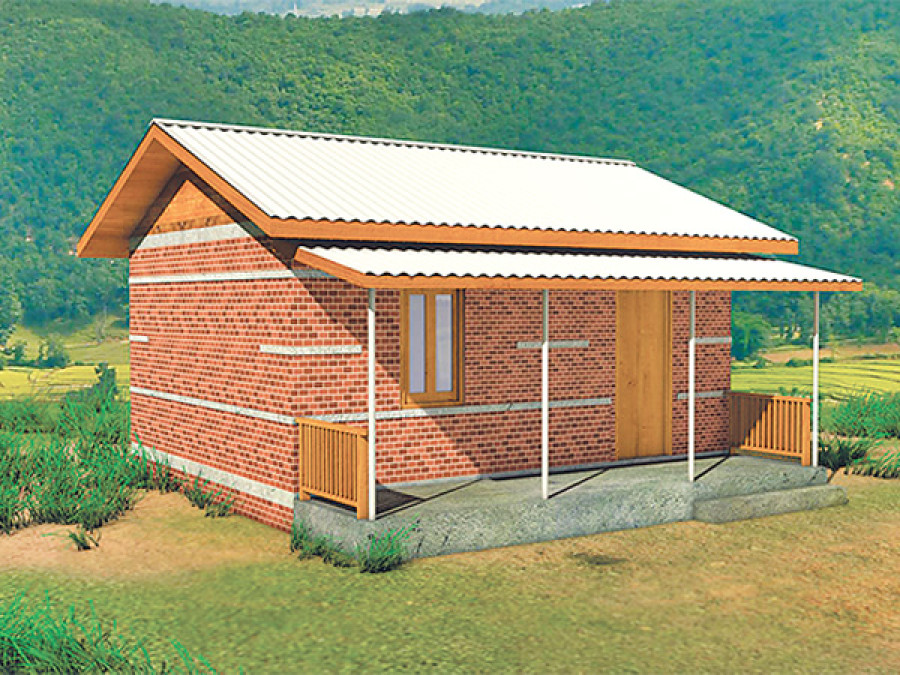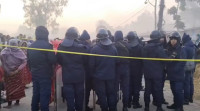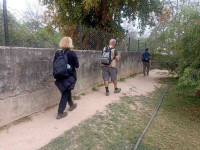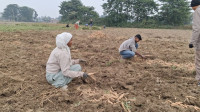National
17 earthquake-resistant house designs proposed
The government has prescribed 17 earthquake-resistant house models for rural households to start the construction of their quake-ravaged homes.
The government has prescribed 17 earthquake-resistant house models for rural households to start the construction of their quake-ravaged homes.
The Design Catalogue for Reconstruction of Earthquake-resistant Houses, published by the Department of Urban Development and Building Construction (DoUDBC), provides complete technical details, with 3D views of the design, floor plan, elevation and sections, for constructing the houses with varying costs, sizes, layouts and typology.
There are four ways to construct the houses—stone and mud mortar masonry, brick and mud mortar masonry, stone and cement mortar masonry and brick and cement mortar masonry. The catalogue provides prototype and flexible house designs which can be adopted and adapted in all earthquake-affected communities.
The number of manpower days for skilled and unskilled labour, as well as the quantity of materials required for the construction of the design, is also provided and broken down in terms of requirements to construct up to the plinth level, up to ring beam level and for the construction of the roof.
According to DoUDBC Director General Ramesh Prasad Singh, the objective of the document is to provide rural households with clear guidance regarding earthquake-resistant construction techniques and to support them to have house designs in compliance with the national building code.
The catalogue prescribes one- and two-storey houses only, with maximum height limit set at 4.5 metres. The maximum permitted height for the foundation is 3m. Likewise, the ratio of the height and width of the houses should be 3:1. The houses cannot be built on plots with slope greater than 20 degrees.
The April earthquake destroyed more than 600,000 houses and damaged close to 300,000 others in the country. The government had announced to provide up to Rs200,000 to those who wish to reconstruct houses completely damaged by the earthquake on their own. Similarly, it had decided to provide Rs2.5 million for quake-affected people in urban areas and Rs1.5 million for rural areas as special housing loan on a 2 percent concessional interest rate. But the government relief is yet to reach the needy.
The DoUDBC has said that those who select a design can start the building permit application process, removing the lengthy process of designing a house from scratch. The design catalogue also provides guidance in terms of budgeting and estimating the quantity of materials required.
The government, however, has not been able to provide a total estimated cost of the houses as the cost of materials varies from place to place. But smaller models in the catalogue can be constructed with the reconstruction aid pledged by the government.
The Gorkha earthquake also destroyed more than 6,400 government buildings, over 960 health sector buildings and more than 8,500 schools. But earthquake-resistant models for them are yet to be prescribed.




 11.12°C Kathmandu
11.12°C Kathmandu












%20(1).jpg&w=300&height=200)

